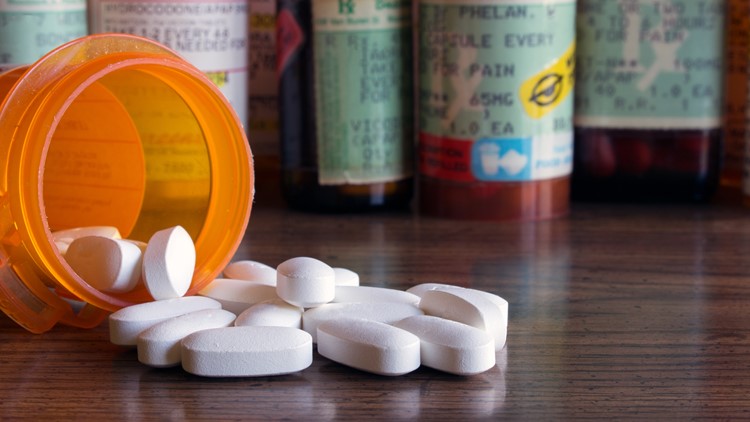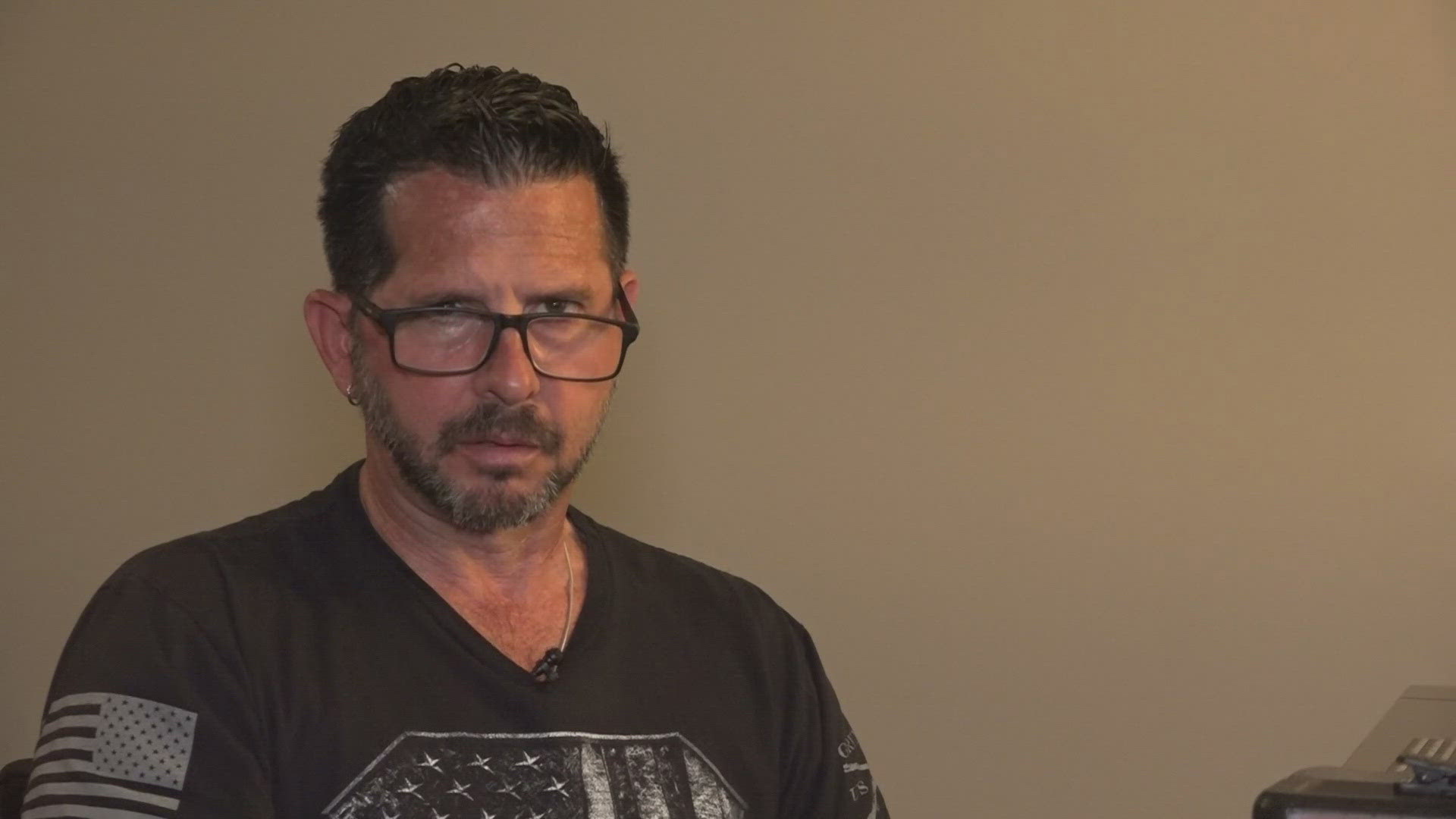ST. LOUIS — Executive director of the Assisted Recovery Centers of America in St. Louis lost his niece and nephew, who were siblings, and a cousin to a fatal opioid and fentanyl overdose.
Aaron Laxton took a deep breath and said Cody, who he described as a real character, died first. During a time in the country when fentanyl was not well known yet, his nephew's overdose was unfortunate and unnerving. The death impacted Laxton’s father’s side of the family profoundly.
The uncle said his nephew quickly became addicted to opioids and one day, when Laxton’s stepmother and father were away at a bingo game, Cody reached into their bathroom medicine cabinet and swallowed what he found.
When the family arrived home from their game, they found their funny, humorous son dead of an opioid overdose at the age of 16 inside their family home.
“He was just really, really young,” he said. “An overdose knocked out the respiratory drive and by the time our family found out he was … he was already gone.”
Years later, Cody’s sister, Heather was found unresponsive from an opioid overdose outside of a St. Louis gas station after taking a pill from a drug dealer supplying free samples of a new concoction on the streets.
When St. Louis paramedics and police responded, Laxton said she was overdosing, but she had not yet died. They were able to resuscitate her while they transported her to a local hospital.
Laxton said she hadn’t frequented that particular gas station before and despite six months of sobriety and periods of recovery, tried the pill anyway.
“It's not uncommon, we hear it pretty often and it's free and accessible, wherever people want it,” he said. “It was just a matter of going to the gas station for her and running into somebody who was giving out samples and she took it.”
She was immediately taken to a local hospital in a life-threatening condition and received treatment. But, unfortunately, she did not respond to treatment and the woman who’d had a flair for style, hair, makeup and just all things girly, was put on life-support.
Heather was eventually removed from life-support and died on the hospital bed near her loved ones and parents, who made the hard decision to allow their daughter to pass in peace.
Laxton said he’d spoken to the mother of two recently. The fact that she’s lost Cody and then, years later, she lost her only remaining child, was soul-crushing and confusing.
“Heather had seen what had happened to Cody,” he added. “It's catastrophic for a family.”
On Laxton’s mother’s side, Jared had a newborn baby girl when he suddenly died as a result of fentanyl.
The happy 29-year-old skilled laborer had just helped bring a 9-month-old into the world when fentanyl took him out. Upon the news of his overdose death, there was an outpouring of those who knew him on social media.
“I think when we think about overdose deaths or we think about deaths due to drug toxicity, they're traumatic,” the older cousin said. “Because the person's suddenly gone.”
He said there is a generational link to this issue in some families. He said he could draw a line from one generation to the previous generation detailing the link between drug users in his family.
“I did what my parents did,” he added. “They did what their parents did and so on."
Laxton is one of an 11-member family, including four on his mother’s side and seven on his father’s side, that fentanyl-opiate-related deaths in the St. Louis area impacted. He said addiction is a family disease that causes a ripple effect.
“It's kind of like a train wreck. Once the train goes off the rails, it just causes a lot of devastation and sadness,” he said.
Laxton added that he believed without a doubt the St. Louis region is in a crisis, particularly for Black communities. He also said that although the numbers piggyback between the city and county, his recovery center has seen a reduction in overall numbers.
The brunt of the cases are disproportionately fentanyl-related; however, he said they are seeing a slight improvement. He has guarded optimism.
In this series’ next part, 5 On Your Side examines the number of overdoses and deaths. We investigate what the St. Louis Metropolitan Police Department and St. Louis County Police Department have seen on the streets and which areas of the city are most impacted by this issue.



